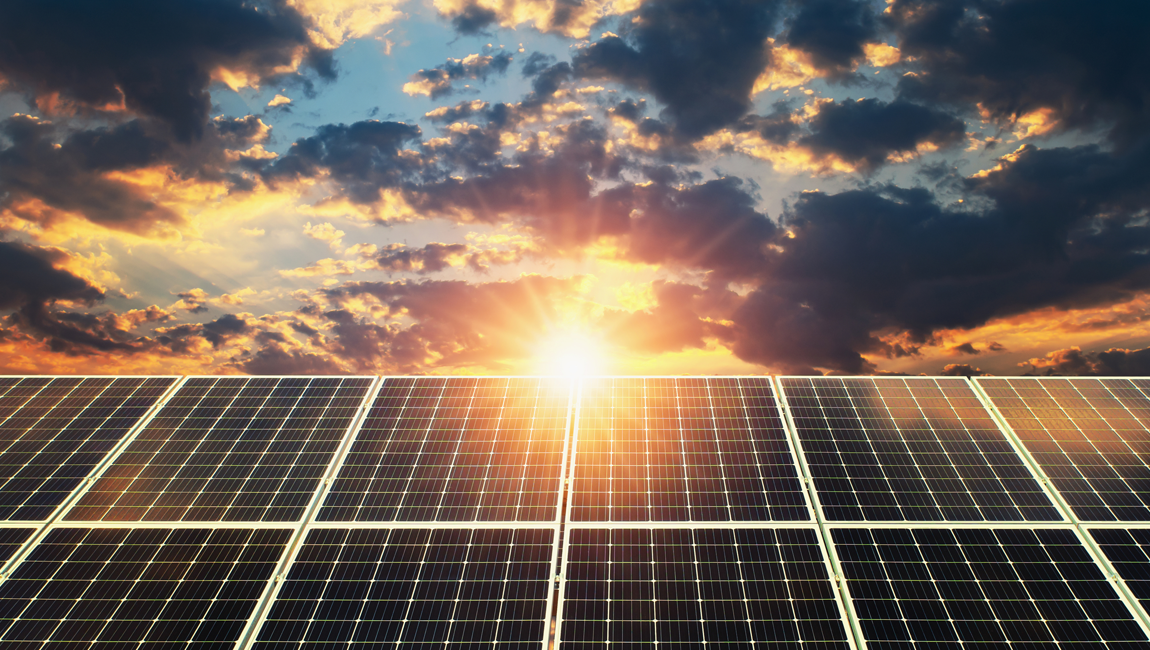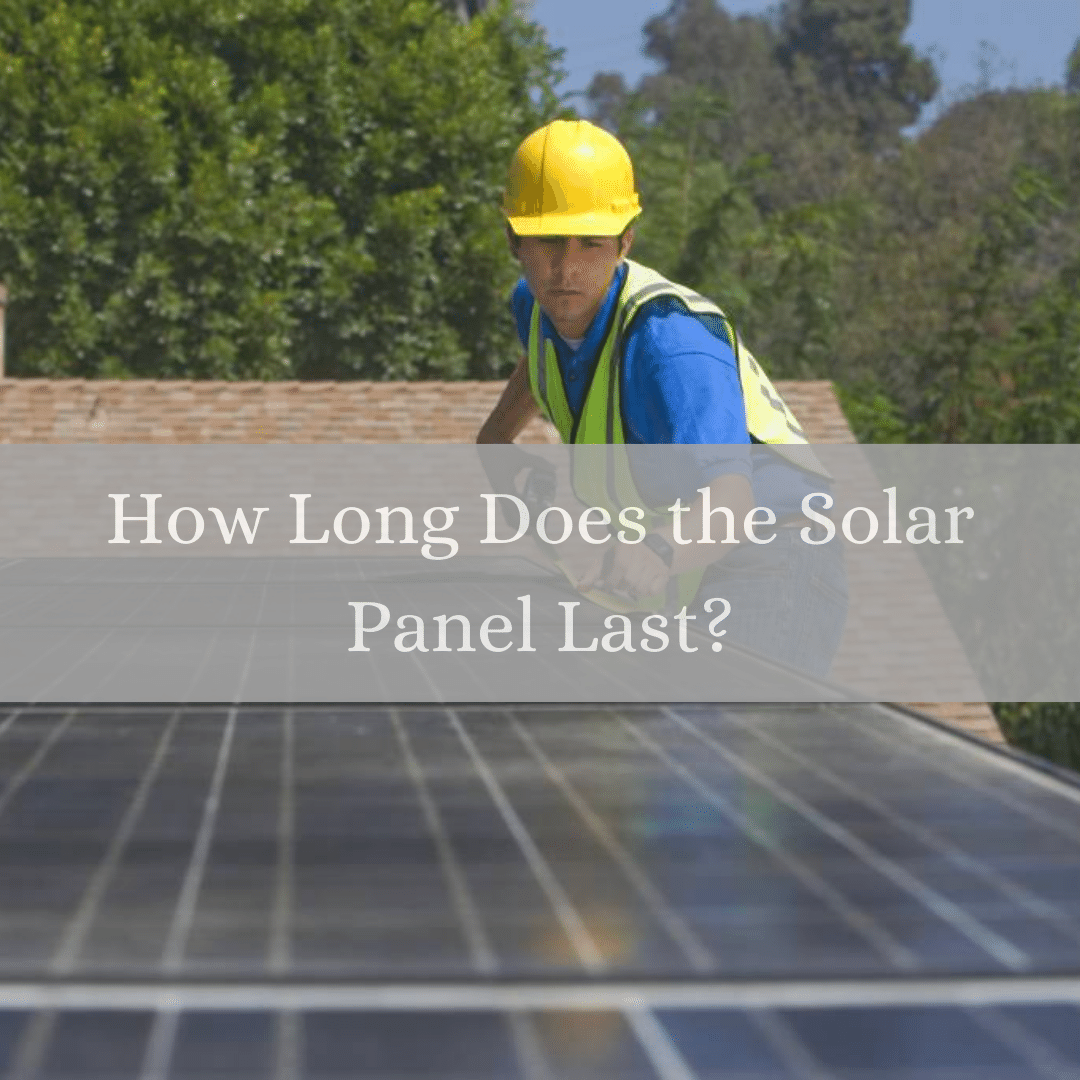A solar panel is one of the main components of the solar energy system, as it is through it that it is possible to capture the sun’s rays and convert them into energy. However, as equipment is exposed to weather conditions, a ubiquitous question is how long the solar panel lasts.
To make it possible to capture the maximum amount of sunlight throughout the day, solar panels are installed on company roofs and houses, which means that in addition to the sun, they are also exposed to rain, depending on the region’s climate. This causes durability to be affected, as weather conditions directly impact the conservation of the product.
To answer all your questions on the subject, I have put together a post explaining more about the valuable life of a solar panel, and I will also give you some tips for conserving your panels. Check it out below.
How long does the solar panel last?
The solar panel is designed to last more than two decades, and its helpful life varies between 25 and 30 years. In some cases, it can last more than 40 years when the solar panel is of good quality, and the individual takes every care to contribute to its conservation.
This means that the amount invested in the solar energy system in the Philippines is recovered long before it is necessary to change the panel, which is another advantage of opting for this type of electrical energy.
How do I know if my solar panel is worn out?
One of the first signs of solar panel wear is scratches on the surface, mainly caused by debris the wind can bring in. However, some other warning signs may also be:
Blurry surface;
Stains;
Oxidation of metal points and wires;
Loss of efficiency in energy generation;
Dryness;
Latches.
What care is needed to increase the durability of the solar panel?
Although the panels naturally have very high durability, you must take every care with them so that the product’s useful life is even longer and, in some cases, even doubled. For this to happen, you need to take some precautions, such as:
1. Clean the solar modules
As with almost all equipment, one of the crucial factors in increasing its durability is cleaning, and contrary to what one might imagine, it is unnecessary to carry out any specific procedure to clean solar panels.
To do this, use neutral products and a damp cloth, avoiding abrasive cleaning products, which will cause the panel to be damaged and even scratched. Never step on the plates when cleaning, as the surface is quite fragile. It is also important that you do not lean on them or hold buckets of water when cleaning.
2. Track production data
Preventative maintenance increases the durability of your solar panel through procedures that check whether they are working correctly, what possible problems are encountered, and the appropriate solutions to avoid replacing the equipment.
You can call the team that installed your solar energy system or check the energy generation data to do this. If the performance differs from what is adequate, it is essential to investigate what could be causing the problem.
3. Perform periodic maintenance
You must maintain a periodic maintenance routine with your solar panels to increase their durability and ensure they last more than 25 years. Maintenance must be carried out even when they appear to be working perfectly.
I recommend that from time to time you:
Clean, as I said above;
Monitor energy production data;
Carry out a visual assessment to check possible objects or excess residue on them;
Replace wires, connectors, and other small items when necessary.
4. Keep panels in the proper position
The position of the panels is crucial when it comes to their efficiency. After all, if they are positioned in a way that the sun does not shine correctly, the chances of you producing little energy, even at peak times, are very high.
In general, the signs should be positioned towards the north, as this is the direction in which sunlight is most used, but this position may vary depending on the location of your home or business. When positioned incorrectly and without inclination, they can suffer damage more easily.
How to track energy production data
When carrying out periodic maintenance and checking energy production data, you must access the software or application connected to the photovoltaic solar energy system, and it will give you productivity data from the panels in real-time, in addition to analyzing daily, monthly, and annual performance.
With this information, you can check any failures and months when production suffered a drop or increase. If you notice that during a specific month, production fell for no apparent reason – a month with a lot of rain or many cloudy days – it is essential to seek help to check for system faults.
What happens when the solar panel’s lifespan ends?
When the panel’s useful life is compromised, you will notice that the energy production starts to become less and less. For example, after 20 years, production can begin up to 20% lower than initial production. However, higher-quality panels can typically last more than 30 years when all care is taken.
This means that whenever you notice that the energy production yield is starting to decrease after 20 years, it could mean that it is almost time to change the panel and that its useful life is ending.
Now that you’ve seen how long the solar panel lasts, it’s easy to see how the material can stay exposed to the sun without needing change. This means that the electricity savings are enough to recoup the investment in installing the photovoltaic solar energy system, as you will spend years without investing in any equipment while saving energy daily.

